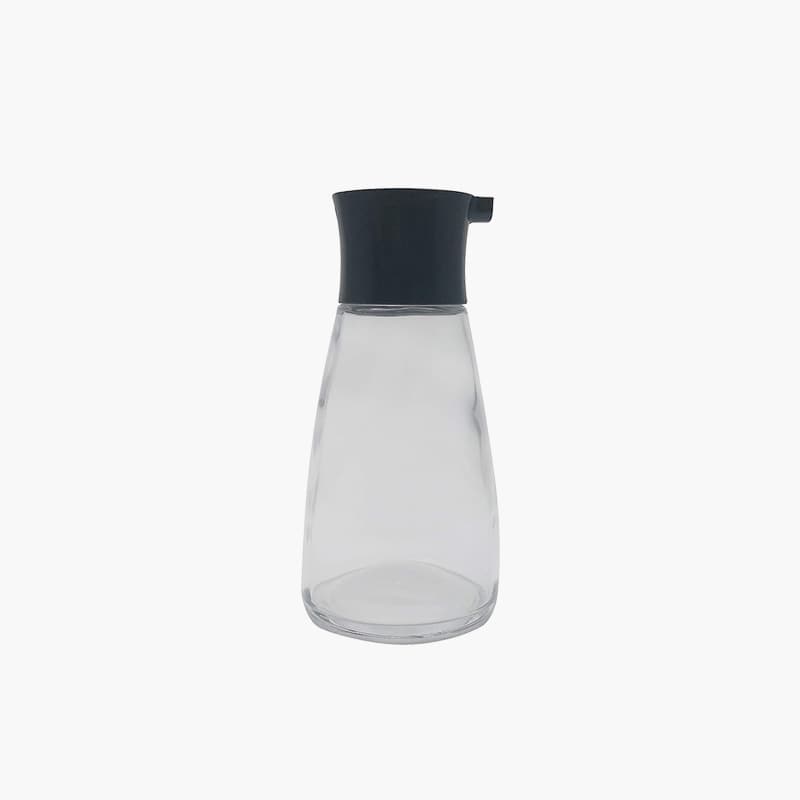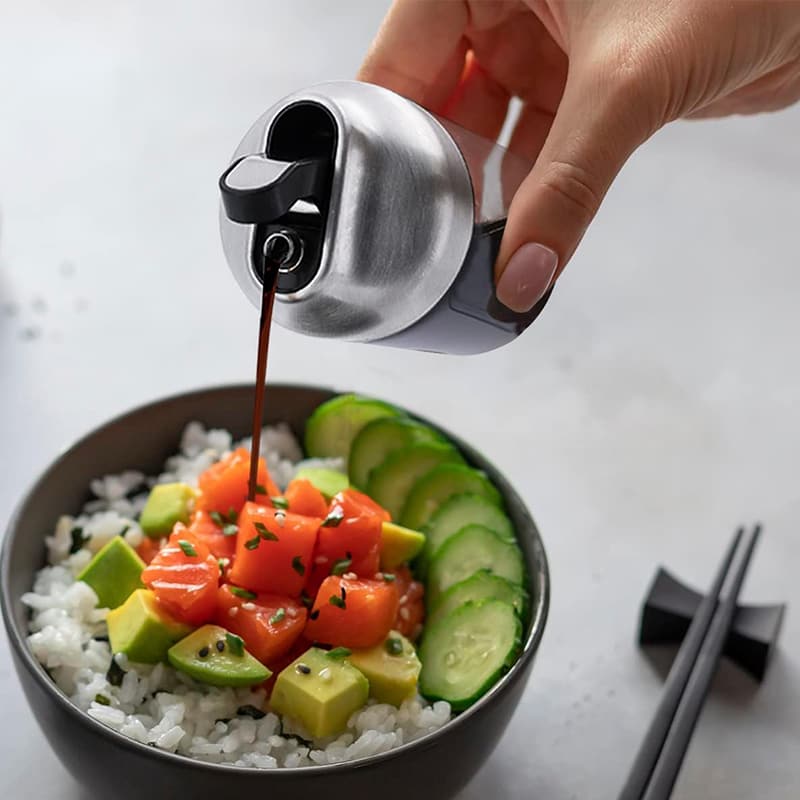Why Do Soy Sauce Bottles Have Two Holes
Introduction:
Soy sauce bottles are a common sight in many kitchens, and you've probably noticed that most of them have a distinctive feature: two small holes on the top. Have you ever wondered why soy sauce bottles have two holes? In this blog, we'll explore the history behind this design and uncover the practical reasons for it.Introduction to Common Design Features:
Let's start by introducing the common design features of soy sauce bottles. When you think of a typical soy sauce bottle, you'll likely picture a sleek glass container with a narrow neck and a distinctive red or green cap. However, the most intriguing aspect of these bottles is the pair of small openings on the cap.Historical Background:
To understand the purpose of those two holes on soy sauce bottles, let's take a trip back in time. The design of soy sauce bottles, like many culinary traditions, has a rich history. Soy sauce itself is believed to have originated in China over 2,500 years ago, and as it spread to other parts of Asia, the containers for this precious condiment evolved.Traditional Chinese soy sauce bottles were not the same as the ones we see today. Early bottles were often made of stoneware or clay and had a single opening. However, as soy sauce production and distribution expanded, new bottle designs emerged.
Functional Explanation:
So, why the two holes? The answer lies in the functional benefits of this design. Let's break it down:1. Pouring Precision: The larger hole is for pouring soy sauce. It allows for a controlled and steady flow of the sauce, preventing accidental over-pouring. This is particularly important as soy sauce can be quite salty, and a little goes a long way in adding flavor to your dishes.
2. Airflow Regulation: The smaller hole serves a vital role in the pouring process. It allows air to flow back into the bottle as the sauce is poured out. Without this second hole, you'd encounter a frustrating glugging effect, where the sauce flows unevenly due to the vacuum created in the bottle. The small hole eliminates this issue by allowing air to replace the liquid smoothly.
Avoiding Misuse:
Now that we've explored the practical reasons behind the two holes in soy sauce bottles, it's important to understand how to use them correctly. Misusing these holes can lead to messy spills and wasted sauce. Here's how to use them properly:When pouring soy sauce, always use the larger hole. This is the designated pouring spout, and it provides a controlled and even flow of sauce. Tilt the bottle gently to pour the desired amount.
Do not use the smaller hole for pouring. Its purpose is to allow air to enter the bottle, preventing glugging and ensuring a smooth pour. Attempting to pour through the smaller hole can result in a mess.
To avoid contamination, refrain from touching the bottle's spout to any surface or food. Using a clean utensil or pouring directly from the spout can help maintain hygiene.
Different Designs:
While the classic soy sauce bottle design with two holes is the most common, there are variations and innovations in the world of soy sauce containers. Some of these designs are not just functional but also aesthetic. Here are a few examples:Mini Bottles: Miniature soy sauce bottles are becoming increasingly popular for their cuteness and convenience. They often come with a single hole and are designed for single-use servings or for carrying in lunchboxes.
Modern Aesthetics: Some contemporary soy sauce bottle designs focus on aesthetics, featuring sleek shapes, colored glass, or unique caps. These bottles may still maintain the two-hole design for practicality.
Squeeze Bottles: In some regions, you'll find soy sauce packaged in squeeze bottles with a nozzle for easy dispensing. While these differ in design, they also aim to provide efficient pouring.
Conclusion:
In conclusion, the two holes in soy sauce bottles serve a crucial purpose, ensuring that you can pour the sauce precisely and without any hitches. The larger hole allows for controlled pouring, while the smaller one regulates airflow to prevent messy spills. Understanding the history and functionality of these bottles adds a layer of appreciation to an everyday item we often take for granted.These small yet ingenious design features showcase how attention to detail can enhance the user experience in our daily lives. So, next time you enjoy a savory stir-fry or sushi, remember the thoughtful design behind that trusty soy sauce bottle.
Previous page: How to Make Candles in a Jar
Next page: 3 Halloween Products to Transform Your Home and Party
Next page: 3 Halloween Products to Transform Your Home and Party




